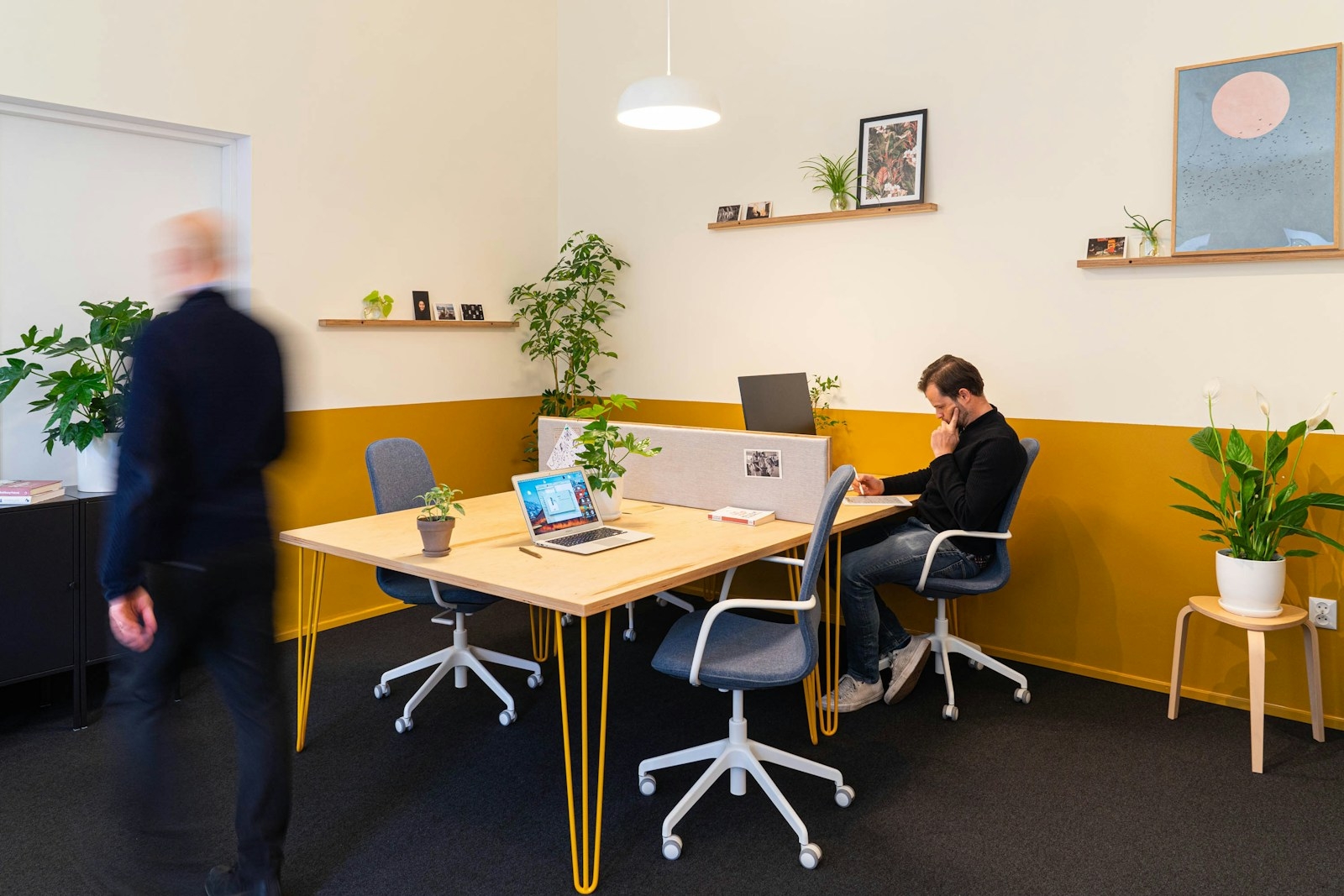Reclaiming clarity: How AI is helping SMEs turn marketing from waste to growth

For Singapore’s small and medium enterprises (SMEs), marketing is no longer optional; it’s survival. Yet many are running hard only to stand still. Despite increased investment in digital advertising, countless SMEs still struggle to connect marketing activity with actual business growth.
Globally, the inefficiencies are staggering. A recent survey by the World Federation of Advertisers found that 60 percent of marketers admit to wasting at least a quarter of their budgets. For SMEs, that wasted quarter can be the difference between profitability and decline. In Southeast Asia, digital ad spend is projected to surpass US$24 billion by 2025, yet much of this is spent on poorly optimised campaigns that generate noise rather than results.
The real cost of marketing guesswork
The marketing problem facing SMEs is not a lack of ambition; it’s a lack of clarity. While enterprise teams have access to large data science units and predictive tools, most SMEs are still operating with fragmented dashboards, legacy tools, and human-led service models that are too slow and expensive to keep up.
For many business owners, marketing decisions are still guided by intuition or siloed reports rather than unified insight. They chase impressions and clicks, but struggle to trace how those metrics tie back to sales or customer loyalty. With limited time and tight margins, many SMEs find themselves stuck in an endless cycle of trial-and-error, hoping that the next campaign will land better than the last.
Why better data isn’t enough
The irony is that we now live in an age of abundant data. Every click, conversion, and customer interaction generates a stream of information. But for most SMEs, this data remains locked behind unintuitive dashboards or spread across multiple tools that don’t talk to each other.
In our conversations with founders, one recurring frustration we hear is this: “I know the data is there. I just don’t know what to do with it.” What they need is not more data, but sharper direction.
Agentic AI and the age of actionable insight
This is where AI, and specifically what we call agentic AI, is starting to shift the equation. These are intelligent systems that don’t just analyse data, they interpret it, contextualise it, and translate it into decision-ready insights.
At Third i, we see this shift not as a tech trend, but as a rethinking of how marketing is done. Agentic AI tools enable SMEs to move from reactive decision-making to proactive growth strategies. Instead of asking a marketer to parse 10 dashboards or wait days for an agency report, an AI system can summarise what’s working, flag what’s not, and suggest what to do next, in real time.
This isn’t science fiction. A D2C brand we worked with improved return on ad spend (ROAS) by 4x in three months by acting on these AI-led insights. Another client, a new tablet brand, hit a 3.2x ROAS in its first quarter, while a consumer app slashed cost-per-install by 40 percent. These results weren’t achieved through bigger budgets, they were achieved through better clarity.
Why this matters beyond the bottom line
Singapore’s SMEs make up 99 percent of all enterprises, contribute nearly half of GDP, and employ over 70% of the workforce. Their efficiency, or lack of it, has ripple effects far beyond marketing departments. When SMEs waste time and resources on campaigns that don’t deliver, it undermines not just business growth, but economic resilience.
That’s why this isn’t just a marketing problem, it’s an economic one.
The future of SME growth depends on closing the gap between data and direction. And AI, when built responsibly and used wisely, is emerging as one of the most powerful tools we have to do that.
What’s next: From performance to predictive
As AI becomes more embedded in the SME tech stack, we anticipate a shift from basic performance tracking to predictive and prescriptive guidance. Instead of simply asking “What happened?”, SMEs will be equipped to ask, “What’s likely to happen next?” and more importantly, “What should we do about it?”
This next phase will not be defined by automation alone, but by augmentation, where AI acts as a co-pilot, empowering business owners to act faster, smarter, and with greater confidence.
Conclusion
Marketing efficiency is no longer a nice-to-have. It’s a make-or-break factor for SMEs navigating a volatile economy. The good news? The tools to close the clarity gap already exist, and they’re becoming more accessible by the day.
SMEs don’t need more reports. They need more answers. The businesses that embrace that shift will not only out-market their competition, they’ll outlast them.
#SMEGrowth #AIMarketing #DataDrivenDecisions #DigitalTransformation #BusinessResilience
- Art
- Causes
- Crafts
- Dance
- Drinks
- Film
- Fitness
- Food
- Jogos
- Gardening
- Health
- Início
- Literature
- Music
- Networking
- Outro
- Party
- Religion
- Shopping
- Sports
- Theater
- Wellness


